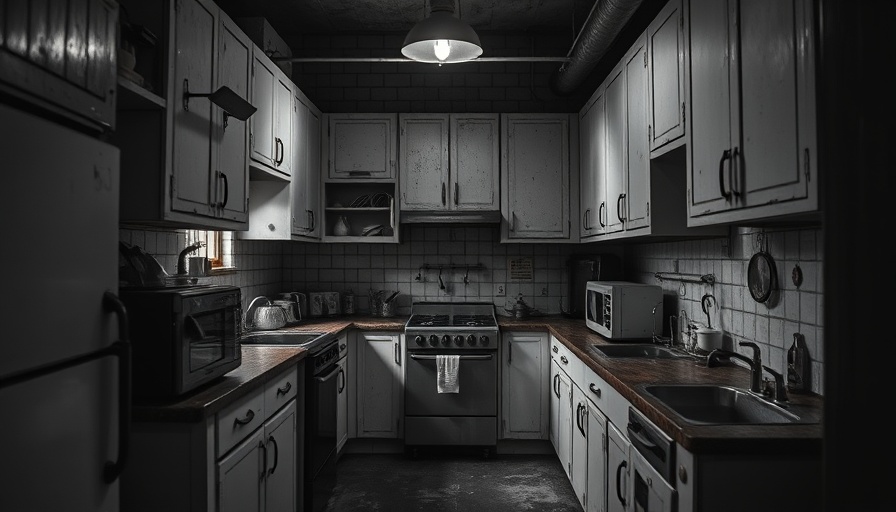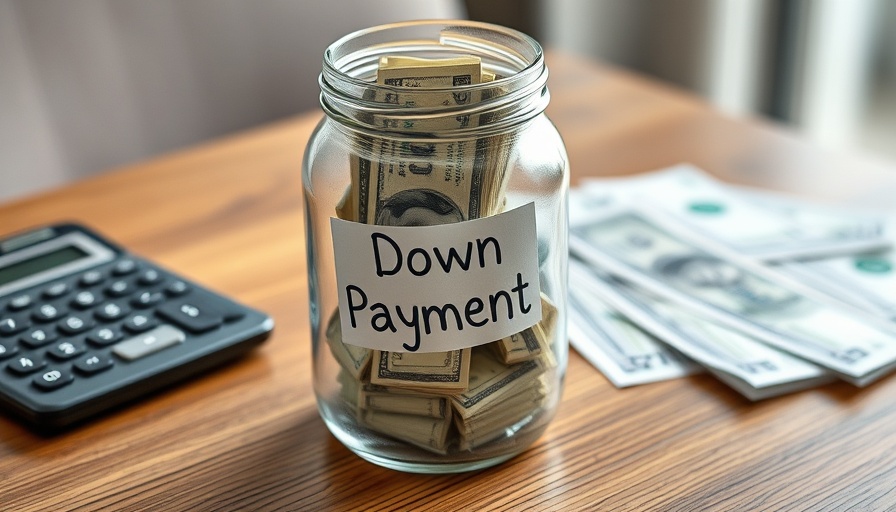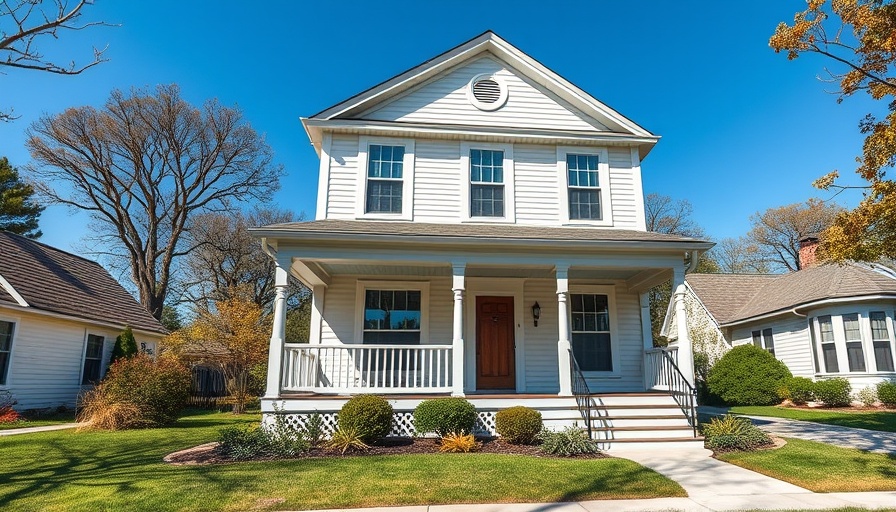
Revitalize Your Kitchen: The Essential Guide to Cleaning Old Cabinets
Kitchens are the heart of the home, and yet, they can often fall prey to the pressures of daily cooking, leading to grime accumulation on cabinetry. If your kitchen cabinets are bearing the scars of spilled sauces and greasy fingerprints, it's time for a cleaning revolution. Whether you're looking to spruce up your Atlanta kitchen or impress guests in Philadelphia, follow these expert tips to restore your cabinets to their former glory.
The First Step: Know Your Cabinets
Before diving into the scrubbing, take a moment for a 'cabinet soul-searching session.' Understanding your cabinet material—be it real wood, veneer, or painted MDF—is paramount. As Matty from Wayfinder Cleaning Services wisely notes, identifying the cabinet finish helps you select appropriate cleaning solutions without damaging anything. For instance, a standard wood finish might require gentle cleaners, while laminate may need something more potent to cut through grease.
Essential Supplies for Success
As you prepare for battle against grime, ensure you equip yourself with the right cleaning supplies. Soft microfiber cloths, non-abrasive sponges, and soft-bristle brushes are essential assets. According to Matt Christou from the Big League Clean Team, the smooth side of a cloth works best for rough wood textures. This ensures efficient cleaning while minimizing scratches or damage.
Organizing Before Cleaning
If you're cleaning the interior, empty out the cabinets. It’s not just about accessing the dirt; it’s also a chance to declutter and rediscover forgotten kitchen tools. As you embark on this clean-up adventure, protect your countertops and flooring with drop cloths or tarps to collect any drips and keep your space tidy.
Making Cleaning Enjoyable
Cleaning the kitchen shouldn't feel like a chore. With the right approach and tools, it can even be fun! Light a candle, put on some upbeat music, and turn this task into a rewarding experience. Discovering sparkling cabinets that gleam as brightly as they did when first installed will certainly lift your spirits!
A Call to Action: Share Your Results!
We want to hear from you! After you've tackled your cabinet cleaning project, share your before-and-after photos on social media. Not only can you inspire others to take on the challenge, but you might also discover new cleaning hacks from your followers. Engage with your community—let's make everyone’s kitchen shine with pride!
 Add Row
Add Row  Add
Add 




Write A Comment